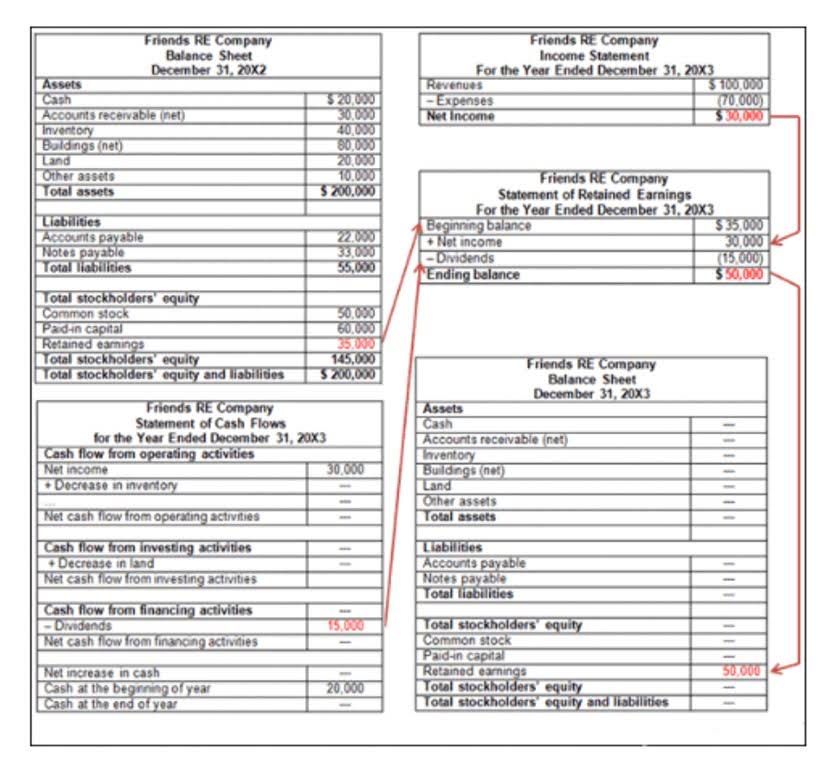Master Data Management: Definition, Importance & Software

Master data management (MDM) is a process that creates a uniform set of data on customers, products, suppliers and other business entities across different IT systems. Master data management (MDM) is a comprehensive approach to managing an organization’s critical data across the enterprise. MDM uses technology, tools and processes to create a unified master data service that consolidates key enterprise data assets such as customer information, product details and location data.

Americas Tax Technology Group – Solutions Architect – Senior Manager – OPEN LOCATIONS
Most software systems have lists of data that are shared and used by several of the applications that make up the system. Consider the deployment options for the MDM solution such as cloud-based, on-premise or hybrid. Evaluate the pros and cons of each option based on factors such as security, scalability and cost. After determining which domains have the most financial impact, the criteria listed below can be used to reduce the amounts of data that should be classified as master data. Mistakes happen when master data is not accurate – bills sent to the wrong address, employees receiving the wrong paycheck, etc.

Master Data Management and Data Governance in the Cloud

Misaligned and inaccurate master data can cause costly data inaccuracies and misleading analytics, which can negatively impact everything from new product introductions to regulatory compliance. Cloud-based MDM solutions are accessible from anywhere, meaning that organizations can access their master data from any location. This is particularly useful for organizations that have employees or partners working remotely. Cloud-based MDM solutions are typically more cost-effective than on-premises solutions. Organizations do not need to invest in expensive hardware or software, and they only pay for the resources that they use.
- This results in personalized, connected offerings, more responsive customer service, and enhanced customer journeys.
- Master data, which represents the critical entities of an organization, plays a pivotal role in ensuring accuracy, consistency, and reliability across systems.
- Mishandled, this could result in a real customer who appears to exist in one company database, but not another.
- Data integration can be a complex task, as it requires mapping data elements from different systems and applications, and may involve data transformation and data cleansing.
- Despite all of these conditions, rare coins do not need to be managed as a master data item because they don’t change over time—or, at least, they don’t change enough.
- When this infrastructure is implemented, you will have a number of applications that will depend on it being available, so reliability and scalability are important considerations to include in your design.
What are the differences between product information management and master data management?
Before you can start cleaning and normalizing your data, you must understand the data model for the master data. As part of the modeling process, you should have defined the contents of each attribute and defined a mapping from each source system to the master data model. Now, you can use this information to define the transformations necessary to clean your source data. Like most things in software, the key to success is to implement MDM incrementally so that the business realizes a series of short-term benefits while the complete project is a long-term process. Depending on how your MDM implementation is designed, you might have to change the systems that produce, maintain or consume master data to work with the new balance sheet source of master data. If the master data is used in a system separate from the source systems—a data warehouse, for example—the source systems might not have to change.

Evaluate the data quality capabilities
- Simple entities, even if they are valuable entities, are rarely a challenge to manage and are rarely considered master data elements.
- Implementing a successful Master Data Management (MDM) solution requires a strategic approach and careful planning.
- Some can be carried out simply by examining and testing back-end systems and have no real or direct user-facing components.
- Master data can take the form of product, customer, supplier, master location data, and asset information, in addition to any information sources that drive your business.
- If customer information lives in multiple locations instead of a master database, then employees have no single source of truth for this essential data.
- For example, customer records might not be identical in order entry, shipping and customer service systems due to variations in names, addresses and other attributes.
- Provide training and create documentation for end-users and data stewards on MDM best practices and usage.
Once you get buy-in from stakeholders, put a plan in place to offer the necessary training and support for the teams involved. Establish what the purpose of a master data management framework is, how it should be used, and any other educational opportunities you see fit. Analytical MDM solutions are engineered to streamline data for business intelligence, analytics, and reporting purposes. These systems centralize, cleanse, and prepare data to meet the specifications of analytical applications, creating master records and IDs crucial vendor master data management for deep data analysis. Although everyone in the business uses master data, few people have visibility into its full lifecycle. Key stakeholders often don’t know the data source, how accurate it is, or how to increase its value.
In general, master data takes up only a small portion of the business’s data storage, but in virtual accountant spite of this, master data is some of the most complicated data within the storage system. Now that you’ve gotten everyone in your organization excited about the potential of MDM, it’s time to ensure you’re on the right track. For that, we created this MDM readiness checklist you can use and share with your colleagues. From a human perspective, we can judge there’s probably only one customer named Jane Smith, born on October 12, 1987. By now, you should have a better idea of what MDM is all about and how it can benefit your business.